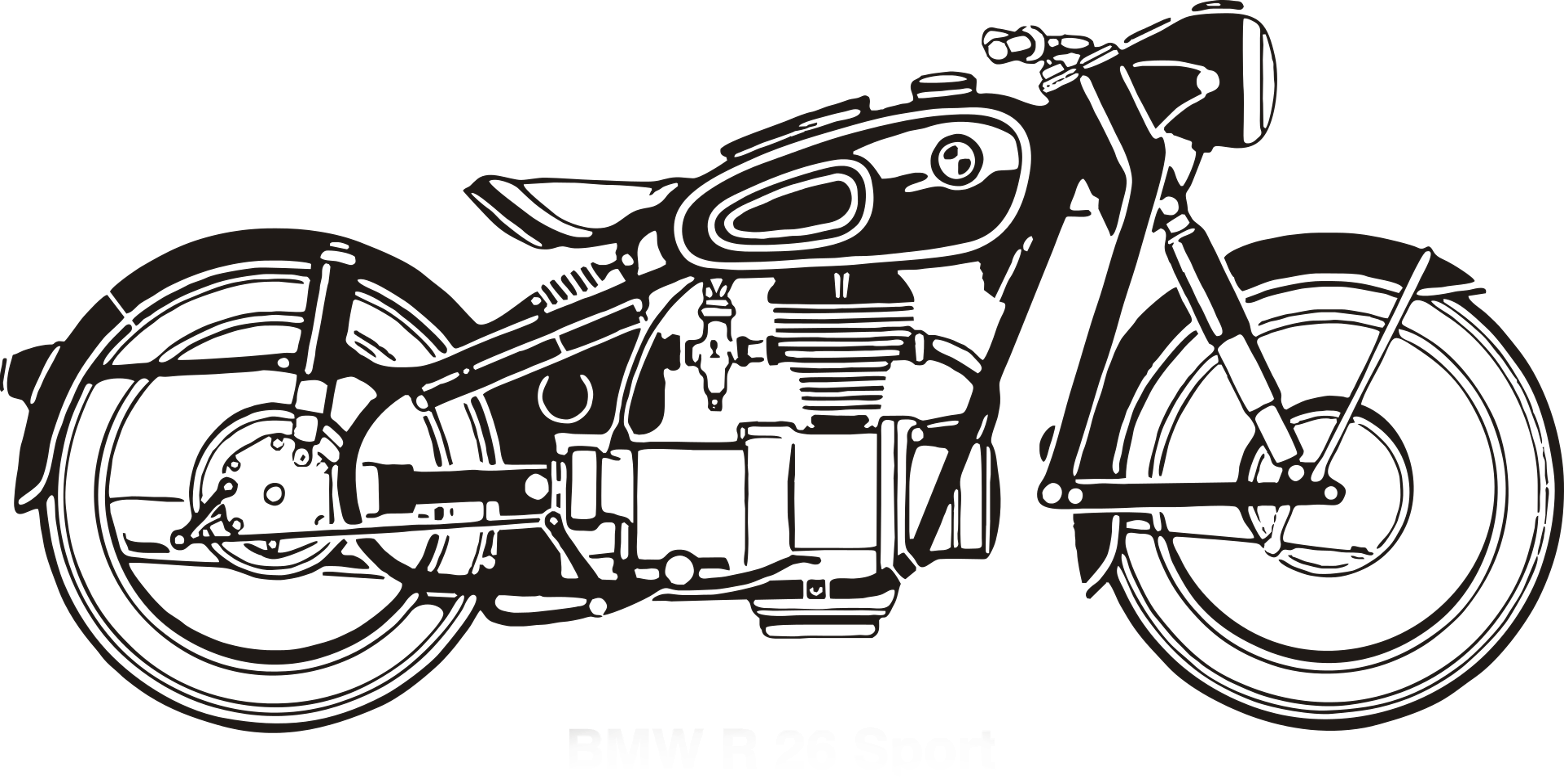Potential of motorcycles as urban means of transport
Project description
Duration
06.2016 - 05.2018
Sponsor
BMW Motorrad AG
Staff
Dr. A. Erath, Dr. S. Ordononez, Dr. P. Fourie, Dr. M. van Eggermond and Professor K.W. Axhausen
Summary
The aim of this research project was to include motorcycles as an urban means of transport in the assessment of future mobility scenarios using the large scale, agent-based transport simulation software MATSim. To this end, we implemented a new meso-scopic traffic flow simulation algorithm. Using a simple test network, we demonstrated that the new algorithm allows to reproduce the typical condition of mixed traffic flow where motorcycles can maintain higher speeds than cars at high traffic densities, but still are affected in terms of speed and throughput capacity by congestion. The algorithm is designed for computational performance and hence allows to be used in large-scale simulations which was demonstrated by integrating it into the MATSim model of Singapore.
In case study A, the size of the motorcycle fleet in Singapore was expanded by 70%. The simulation demonstrated that those new motorcycles would primarily be used for trips that, in the baseline simulation, are conducted by bus. The simulation results suggest that the average speed does not substantially drop due to the additional motorcycles. As people switching from bus to motorcycles benefit from higher travel speeds, the total time spent in traffic during one day reduces by 7.8%.
In case study B, we tested the impact that a new shared eScooter service might have on the mobility patterns in Singapore. The simulation was set up in a way that assumes that, anybody holding a car or motorcycle driving license, can make use of shared eScooters, whose maximum speed is limited to 45km/h. Due to the restricted maximum speed and limited comfort for longer trip durations, the eScooters are primarily used for shorter trips, with the simulated average trip distance amounting to 7.1km. The simulation results show that 25% of the latent demand for such a service is restricted to Singapore’s extended city centre, which only covers about 5% of the island’s surface area.

